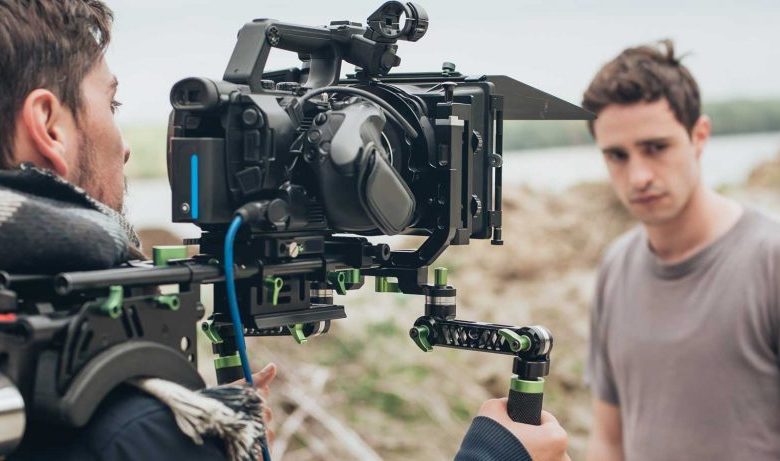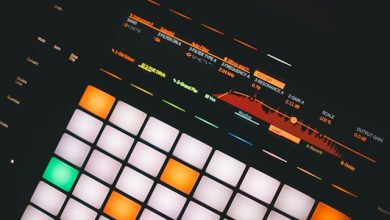Basic Things to Know about Movie Making Cameras

Whether you are a student or an experienced film director, there are a number of features you just cannot do without when it comes to movie making cameras. Thanks to today’s technology, it is possible for almost anyone to make a movie both simply and quickly. With the many good cameras available in the market today, the process of choosing the right one can be confusing. If you are looking for a camcorder that will help you maximize your shots and make life more convenient for you, there are a number of features you should look for. Here are several basic things you need to know about professional movie-making cameras.
Lens mount
One of the most important factors to consider when choosing a camera for making videos is lens selection. There is a wide range of lenses available, with some being more adaptable than others are. Whether you prefer a mirrorless camera or a DSLR system, you should consider choosing lenses that will not only offer flexibility but will also fit your budget and deliver the look you want.
Focal length
This refers to how long the lens is a factor that also determines how far or close images will appear in relation to the camera. While a short lens will have a low number and offer a wide field of view, a long lens will have a high number and a long field of view. In order to be sure about the impact that your images have, you should remember that wider images tend to appear distorted and warped.
Sensor size
When talking about digital cameras, the image sensor is at the center of their operations. The sensor size determines how much light the device will use to create an image, a factor that also affects image quality. While many people consider bigger sensors to deliver better performance, size is not the only factor you should consider. It is always important to look at pixels and crop factor when it comes to the cinema world.
Shutter speed
Shutter speed refers to the number of pictures that you take in a second to create a moving image. While it is possible to slow down or speed up the shutter speed, it is important to ensure that the images you produce will appear natural to the human eye. The best movie-making camera should be capable of capturing images that neither look choppy nor leave unnatural trails.
Depth of field
One of the reasons why people go for larger sensors is because they are better able to achieve a shallow depth of field. This makes it easy to distinguish the subject from the background to deliver the desired cinematic look. A good camera should have a workable depth of field that allows you to focus properly while shooting.
Dynamic range
Just as the name suggests, the dynamic range of a camera is used to describe how much highlight and shadow detail it can produce between pure black and pure white. While proper lighting will also affect the quality of your images, cameras with a wide dynamic range produce images with more details.
Sensitivity
Sensitivity is basically how the camera performs in low-light conditions. Since larger productions can create the lighting effects they desire, this is an important factor to consider if you are an amateur or student. This is because you will mostly be relying on natural light when shooting. Generally, sensors that are larger in size or those that feature lower pixel density have been found to perform great in low light.
Recording
Since you will be looking to make a movie, an important factor to know is the camera’s recording capabilities. Here, you will have to consider more than just frame rates, resolution, bit rate, color depth, and color sampling. It would also help to know that cameras with video outputs tend to deliver better image quality when on an external recorder compared to when it is recorded internally.
Frame rates
In the United States, most movie makers look for cameras that can offer the standard 24p frame rate. However, if you plan to do any slow-motion work, a higher frame rate would work better for you. Depending on how slow you would want the motion to be, you can consider 60p, 120p or 240p. Even as you consider the frame rate, you should never lose sight of the resolution as it has a direct impact on the sharpness of the images.
Resolution
Simply put, resolution refers to how many pixels a given image has. When it comes to resolution, you will have to consider both the resolution of the recorded video as well as that of the sensor. You will also have to think about the quality of the product you are looking to release into the market. A camera with impressive resolution will deliver improved results. However, there is not much of a difference between 4K and HD, meaning you can work with the one you have access to.
Raw recording capabilities
A good camcorder should have raw recording capabilities. This will allow you more control and flexibility in case you wish to make adjustments to the images after production. Just as the name suggests, raw video can be considered to be raw data, giving you room to make changes to exposure and white balance.
External recording
A good majority of filmmakers will want cameras that allow them to record high-quality videos. The good thing is that most modern cameras benefit from an external recorder. This allows you to achieve high-quality codecs by going past internal compression. Some cameras also benefit from external recorders that record in RAW, allowing you to enjoy more advantages.
Form factor and connectivity
While it is common for most people to focus on the performance of the camera, you should also remember to consider how well it handles. Although smaller cameras are portable and offer convenience, larger ones come with high-quality recording options.
There is a lot more that you should know about movie making cameras. This will help you to choose the right device and go a long way in ensuring you shoot quality images.




